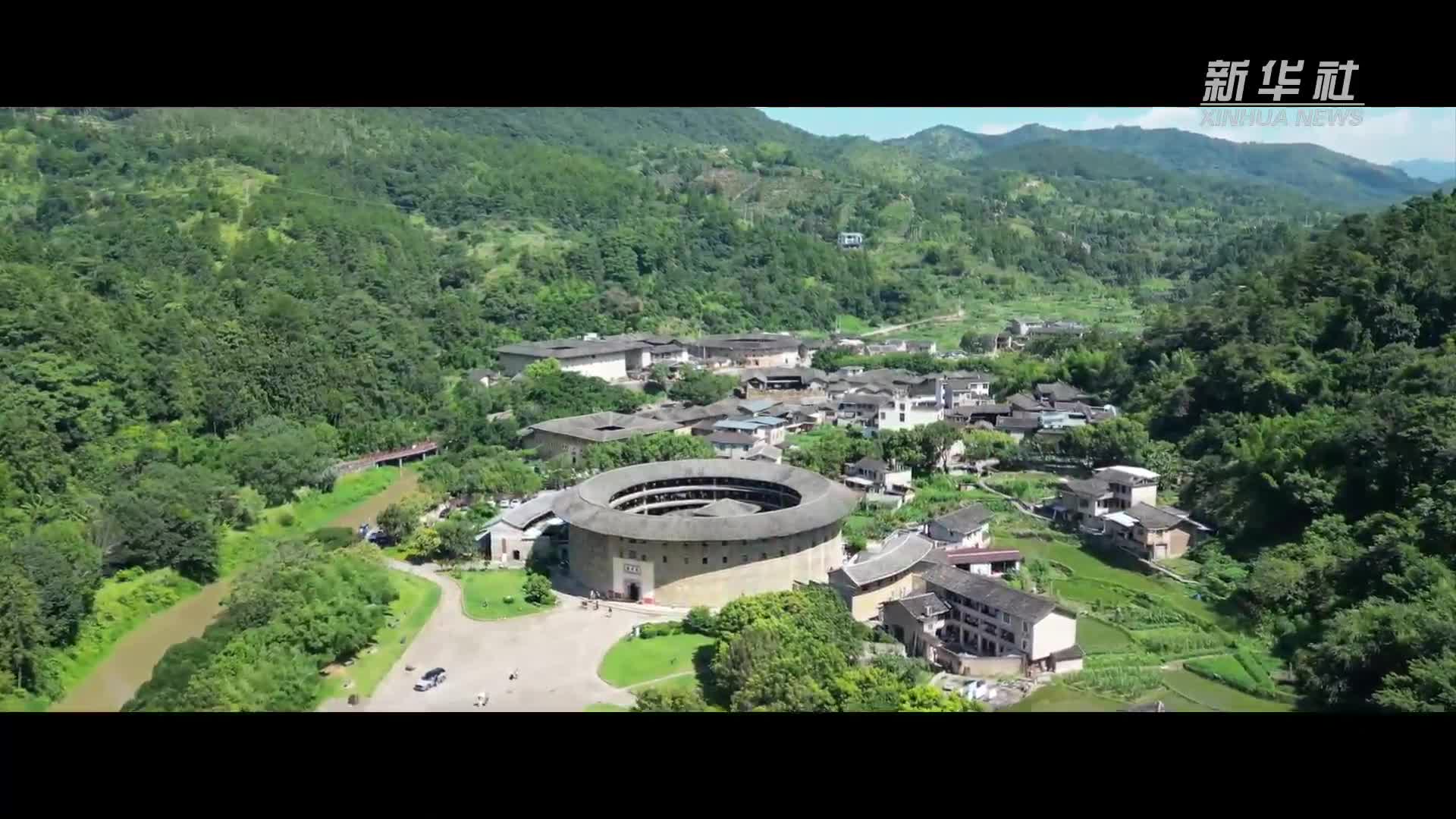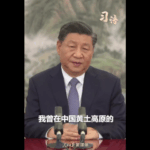The Fujian Tulou, embracing the heavens and earth while containing an inner universe, narrates stories of time through the ages, documenting the development of social civilization. In July 2008, at the 32nd World Heritage Conference, Fujian Tulou was officially inscribed on the World Heritage List.
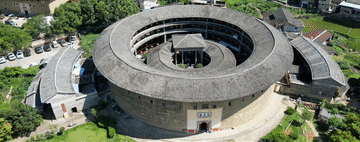
Fujian Tulou are primarily distributed in Yongding, Longyan; Nanjing, Zhangzhou; Hua’an and other areas. In the late 20th century, these regions successively initiated applications for World Cultural Heritage status, but there was disagreement over the “naming rights”—whether they should be called “Hakka Tulou” or “Southern Fujian Tulou.” Ultimately, this “pen and ink dispute” was brought to then Governor of Fujian Province Xi Jinping.
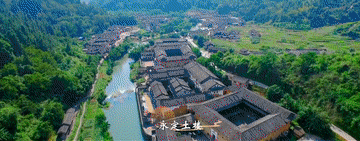
Xi Jinping specifically arranged a governor’s office meeting to study issues related to the Tulou heritage application. During the meeting, he stated, “Tulou are found throughout Fujian. Now that we’re applying for World Heritage status for all of Fujian’s Tulou, we should call them Fujian Tulou, so that the entire Fujian region is included.” Everyone found his reasoning sound and comprehensive, showing consideration for the bigger picture, and they all expressed agreement. Thus, Xi Jinping resolved the issue with ease, and the Fujian Tulou heritage application subsequently accelerated.
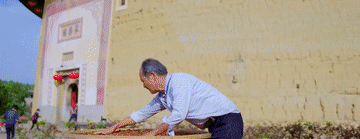
Ultimately, after value assessment and selection, “six clusters and four buildings” totaling 46 Fujian Tulou were successfully inscribed on the World Heritage List.
Fujian Tulou are acclaimed as uniquely large-scale architectural achievements in rammed earth construction worldwide, and they also serve as historical witnesses to the traditional culture of bloodline ethics and clan-based living in the East. To protect this cultural treasure, all parties are making strenuous efforts.
Xi Jinping emphasized the need to further strengthen holistic and systematic protection of cultural and natural heritage, effectively enhance heritage protection capabilities and standards, and safeguard the cultural treasures and natural jewels of the Chinese nation.
Fujian Tulou, this marvel in architectural history, embodies the hardworking, brave, and persevering spirit of the Chinese people. They are not merely shelters from wind and rain but also unique cultural symbols of the Chinese nation.


